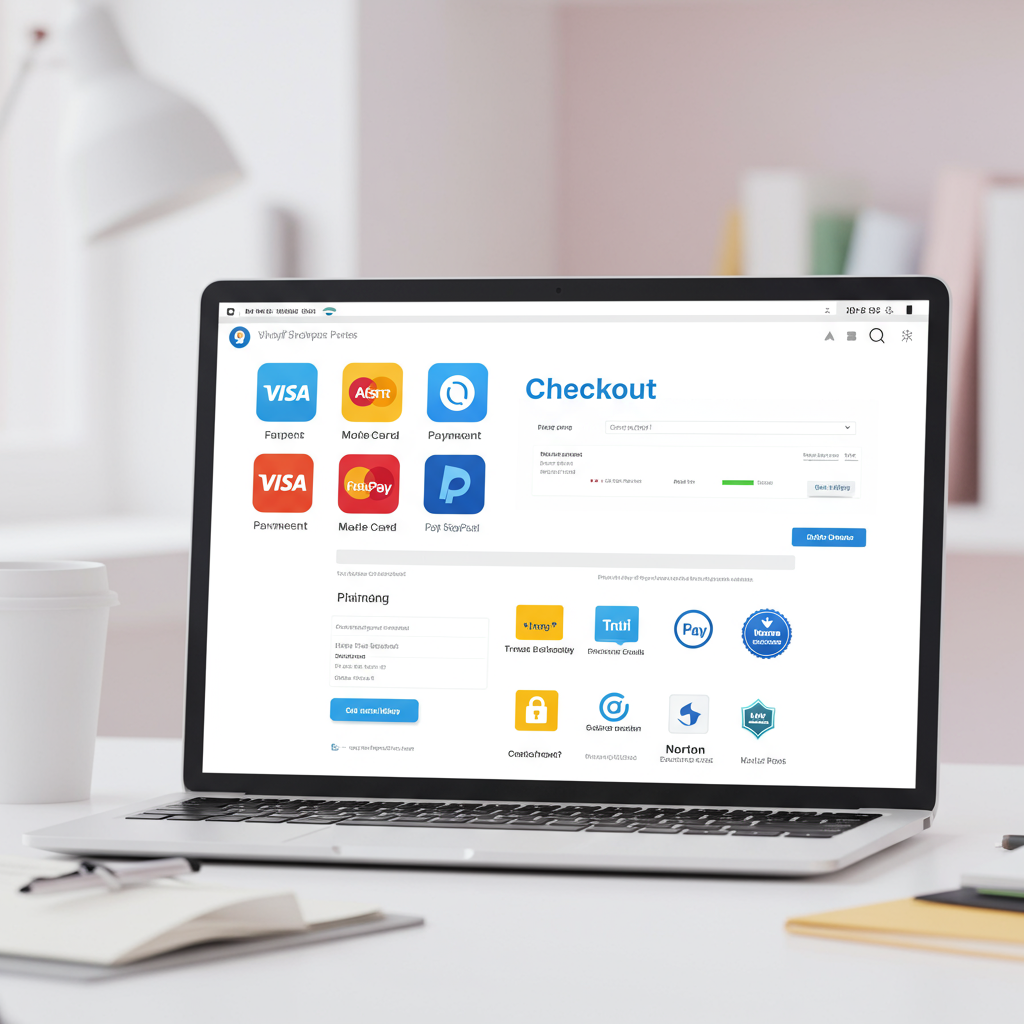Unlock the secrets to a seamless and high-converting checkout experience on your Shopify store.
As an e-commerce enthusiast and someone deeply involved in the Shopify ecosystem, I’ve seen countless merchants pour their heart and soul into building beautiful stores and attracting traffic.
However, a common bottleneck often emerges right at the finish line: the checkout process.
It’s a critical stage where potential customers can either complete their purchase or abandon their cart, leaving you with lost revenue.
My goal today is to walk you through the essential strategies for optimizing your Shopify checkout conversion rate.
This isn’t just about tweaking a button; it’s about understanding customer psychology, building trust, and removing every possible friction point.
Let’s start by acknowledging the harsh reality: cart abandonment rates are incredibly high, often hovering around 70%.
This means for every ten people who add an item to their cart, seven might leave without buying.
Why does this happen? Common reasons include unexpected shipping costs, a complicated checkout process, lack of trust, or simply being distracted.
Your Shopify store has a powerful, built-in checkout system, but even with its efficiency, there’s always room for improvement.
The first pillar of a high-converting checkout is trust and security.
Customers need to feel absolutely safe entering their personal and payment information.
Ensure your store has an active SSL certificate, which Shopify provides automatically, but make sure it’s clearly visible.
Display trust badges prominently, such as those from recognized security providers or payment gateways like Visa, Mastercard, PayPal, and Shop Pay.
These visual cues reassure customers that their data is protected.
Next, simplicity and clarity are paramount.
The fewer steps a customer has to take, the better.
Shopify’s one-page checkout is a huge advantage here, but you can still optimize within it.
Minimize form fields to only the absolute necessities.
Do you really need their fax number? Probably not.
Offer guest checkout as an option.
Forcing customers to create an account before purchasing is a significant barrier for many first-time buyers.
While account creation can be beneficial for repeat purchases, make it optional or offer it *after* the purchase is complete.
Clear calls to action (CTAs) are also vital.
Buttons should be large, contrasting, and clearly state their purpose, like ‘Continue to Shipping’ or ‘Complete Order’.
Speed and performance cannot be overlooked.
A slow-loading checkout page is a conversion killer.
Optimize your product images, use a fast-loading theme, and avoid excessive apps that might bloat your site’s speed.
Shopify’s infrastructure is robust, but your theme and app choices can impact performance.
Payment options are another critical area.
Offer a variety of payment methods that cater to your target audience.
Beyond credit cards, consider popular options like PayPal, Apple Pay, Google Pay, and especially Shop Pay, which offers a lightning-fast checkout for returning Shopify customers.
If you sell internationally, research and integrate local payment methods relevant to those regions.
Transparency regarding shipping and taxes is non-negotiable.
Hidden costs are a leading cause of cart abandonment.
Clearly state shipping costs early in the process, ideally on the product page or in the cart.
Consider offering free shipping, perhaps with a minimum order value, as this is a powerful incentive.
If taxes apply, ensure they are calculated and displayed accurately before the final payment step.
While not always applicable, sometimes a touch of urgency or scarcity can nudge customers.
This could be ‘only X left in stock’ or a limited-time offer, but use these tactics ethically and sparingly.
For those who do abandon, exit-intent pop-ups can be a last-ditch effort.
These can offer a small discount or a reminder of items in their cart as they attempt to leave your site.
Beyond the checkout page itself, consider your retargeting strategy.
Automated abandoned cart emails are incredibly effective on Shopify.
Set up a series of emails to remind customers of their cart and offer a direct link back to complete the purchase.
Accessible customer support is also a trust builder.
Make sure your contact information, FAQ, or a live chat option is easily visible throughout the checkout process.
Customers might have a last-minute question that, if unanswered, leads to abandonment.
Finally, the most crucial step in optimization is continuous A/B testing.
Don’t just implement changes and forget about them.
Test different button colors, field labels, trust badge placements, or even the order of information.
Shopify Analytics provides valuable data on your checkout funnel, showing where customers drop off.
Use tools like Google Analytics for deeper insights into user behavior.
By constantly analyzing and iterating, you can fine-tune your checkout for maximum efficiency.
Remember, every small improvement can lead to a significant increase in your overall conversion rate and, ultimately, your revenue.
A smooth, trustworthy, and efficient checkout isn’t just a convenience; it’s a competitive advantage.
Before we wrap up, I’m genuinely curious: what are your thoughts on this article, and what checkout challenges have you faced on your Shopify store?
I hope these insights empower you to transform your Shopify checkout into a conversion powerhouse. Happy selling!






